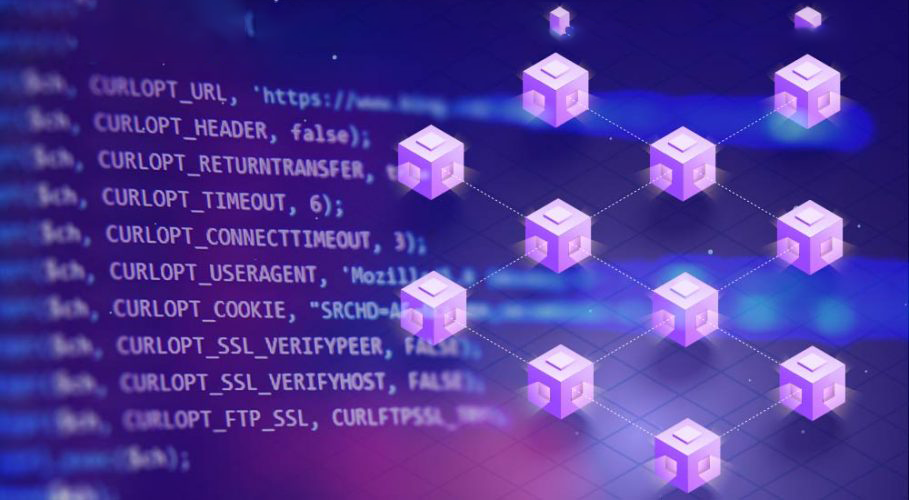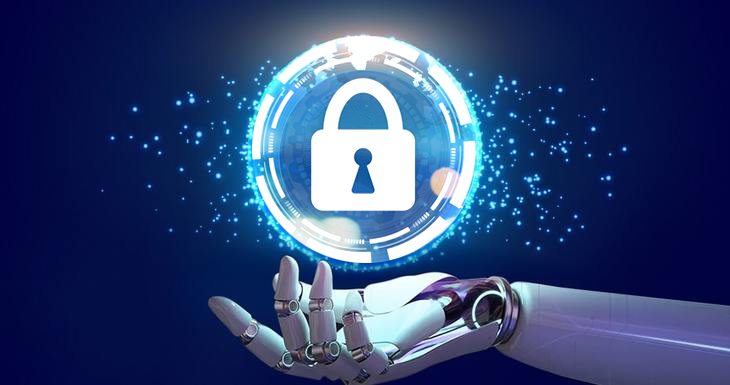Blockchain and cyber security
Blockchain has the potential to revolutionize many industries, including finance, healthcare, and supply chain management. By providing a secure, decentralized platform for recording transactions and data, blockchain can increase transparency, reduce costs, and improve efficiency.
Blockchain development

Blockchain networks are decentralized, meaning that there is no single point of control or authority. Instead, transactions and data are recorded across a network of computers, called nodes, that work together to maintain the integrity of the ledger.
- Blockchain uses cryptography to ensure that transactions and data are secure and cannot be tampered with. Each block of data in the blockchain is cryptographically linked to the previous block, forming an unbreakable chain of data
- To ensure that all nodes on the blockchain network agree on the state of the ledger, consensus mechanisms are used. These mechanisms require nodes to agree on the validity of transactions before they are added to the blockchain
- Smart contracts: Smart contracts are self-executing contracts that are coded into the blockchain. They can be used to automate processes and transactions, reducing the need for intermediaries and increasing efficiency
- Cryptocurrency: Cryptocurrencies like Bitcoin and Ethereum are built on blockchain technology. They use blockchain to securely record transactions and maintain the integrity of the ledger
cyber security

Cybersecurity refers to the practice of protecting computer systems, networks, and digital data from theft, damage, or unauthorized access. Cybersecurity involves a range of technologies, processes, and practices to safeguard digital assets from cyber attacks. Here are some key elements of cybersecurity
- Cybersecurity threats can come in various forms, including malware, viruses, phishing attacks, and denial-of-service attacks. It is important to identify potential threats and take proactive measures to prevent them
- Vulnerabilities are weaknesses in computer systems or networks that can be exploited by cyber attackers. It is important to identify and address vulnerabilities before they can be exploited
- Cybersecurity risk management involves assessing potential risks and taking measures to reduce or mitigate them. This may include implementing security controls, policies, and procedures, as well as training employees on security best practices
- Compliance with cybersecurity regulations and standards, such as GDPR, HIPAA, or ISO 27001, is important for organizations to avoid legal and financial penalties and protect their reputation
